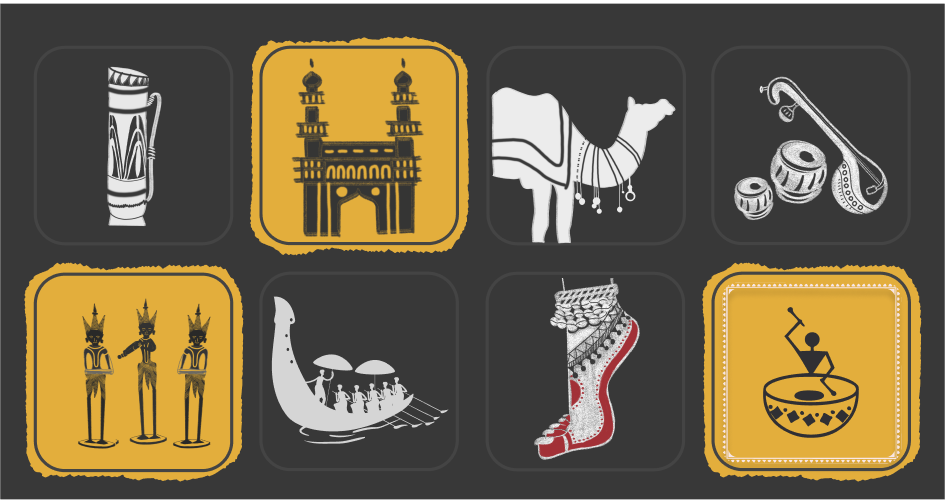The Hampi Stone Chariot Constructed during the 16th century, the chariot is a masterpiece of Vijayanagara architecture, renowned for its intricate detailing and symbolic significance. The design of the Hampi Stone Chariot is believed to have been inspired by the concept of 'Ratha' or chariot, dedicated to Garuda, the mythical eagle and divine vehicle of Lord Vishnu, the chariot embodies spiritual symbolism and mythological reverence. Its design, resembling a chariot used in processions, is adorned with elaborate motifs and ornamental features, showcasing the craftsmanship and artistic finesse of its creators.
The Vijayanagara Empire, one of the most powerful and prosperous empires in South India, flourished from the 14th to the 17th centuries. It was during the reign of the Vijayanagara rulers that the magnificent Vittala Temple complex, including the Stone Chariot, was constructed. The exact date of the chariot's construction is debated, but it is generally believed to have been built in the 16th century during the reign of King Krishnadevaraya (1509–1529), one of the most notable rulers of the Vijayanagara Empire.
The image of the Hampi Stone Chariot is so iconic that it has been featured on Indian currency notes, specifically the 50 rupee note. One of the distinctive features of Vijayanagara architecture is the use of composite columns, often adorned with sculptures of rearing animals, dancers, and musicians. The columns are not just structural elements but also serve as canvases for artistic expression. The primary material used was granite, a hard stone that required great skill to carve. Sculptors employed advanced techniques to achieve the fine details and high relief seen in the artworks. The Vijayanagara style integrated elements from earlier South Indian dynasties like the Chalukyas and Cholas, as well as influences from neighboring regions. This synthesis resulted in a unique and sophisticated style that stood apart from its contemporaries.
Many temples feature extensive bas-reliefs and panels narrating epic tales and showcasing the daily life and cultural practices of the time. The enduring beauty and intricate craftsmanship of the Hampi Stone Chariot stand as a testament to the architectural brilliance of the Vijayanagara Empire. Bring home a piece of this historical marvel with our Hampi Chariot statue, a perfect addition to your space. Buy your Hampi Chariot today and celebrate the legacy of South Indian artistry!


